- No products in the cart.
Fluimucil oral solution 20mg / mL vial with 100ml measured cap
$7.90
Fluimucil oral solution 20mg / mL vial with 100ml measured cap
Description
Composition
Active substance:
Acetylcysteine.
Excipients:
Methyl parahydroxybenzoate; sodium benzoate; disodium edetate; carmellose sodium; sodium saccharinate; Raspberry flavoring; sodium hydroxide to pH 6.5; purified water.
Description:
Oral solution 20 mg / mL: clear or slightly opalescent, colorless solution with a characteristic odor of raspberry and weak sulfuric smell.
Oral solution 40 mg / mL: clear, colorless or slightly yellow solution with a characteristic odor of strawberries and garnet and weak sulfuric smell.
Product form:
Oral solution 20 mg / ml: 100 ml, 150 ml, 200 ml of a solution in a dark glass vial type III, a sealed plastic screw cap with chlorobutyl elastomeric coating. 1 bottle complete with measured cap and instructions for use in a cardboard pack.
Oral solution 40 mg / ml: 150 ml, 200 ml of a solution in a dark glass vial type III, a sealed plastic screw cap with chlorobutyl elastomeric coating. 1 bottle complete with measured cap and instructions for use in a cardboard pack.
Contraindications
Hypersensitivity to acetylcysteine and other components of the drug, children under 2 years of age; gastric ulcer and duodenal ulcer in the acute stage of lactation.
Precautions: gastric ulcer and duodenal ulcers, varicose veins of the esophagus, hemoptysis, pulmonary hemorrhage, adrenal disease, liver and / or kidney failure, hypertension.
Dosage
20 mg / ml
Indications
Violation of sputum discharge: bronchitis, tracheitis, bronchiolitis, pneumonia, bronchiectasis, cystic fibrosis, interstitial lung disease, pulmonary atelectasis (due to mucus plug blockage of the bronchi). Catarrh and purulent otitis media, sinusitis, sinusitis (promoting the removal of secretions). Removal of viscous secretions from the airways in post-traumatic and postoperative states.
Interaction with other drugs
Combined use with acetylcysteine antitussives can enhance stagnation sputum because of suppression of the cough reflex.
While the use of such antibiotics as tetracyclines (doxycycline excluding), ampicillin, amphotericin B, possibly their interaction with a thiol group acetylcysteine, which leads to reduced activity of both drugs. Therefore, the interval between doses of these drugs should be at least 2 hours.
Simultaneous treatment with acetylcysteine and nitroglycerin may result in increased vasodilator and antiplatelet actions of the latter. Acetylcysteine eliminates the toxic effects of paracetamol.
Overdose
Acetylcysteine when receiving a dose of 500 mg / kg / day does not cause signs and symptoms of an overdose.
pharmachologic effect
Pharmacological group:
Mucolytic expectorant.
Pharmacodynamics:
Mucolytic agent, liquefies phlegm and increases its volume, facilitates the separation of sputum. The action associated with the ability of free sulfhydryl groups acetylcysteine break intra- and intermolecular disulfide bonds, acid mucopolysaccharides sputum, leading to depolymerization of mucoproteins and decrease sputum viscosity. Retains activity when purulent sputum. Increases secretion less viscous sialomutsinov goblet cells, reduces the adhesion of bacteria to the epithelial cells of the bronchial mucosa. Stimulates mucosal cells of the bronchi, the secret of which lyses fibrin. A similar effect on the secretion produced in inflammatory diseases of upper respiratory tract. It has an antioxidant effect due to the presence of SH-groups that can neutralize electrophilic toxins oxidation. Acetylcysteine easily penetrates into cells, deacetylated to L-cysteine, which is synthesized from the intracellular glutathione. Glutathione highly reactive tripeptide powerful antioxidant cytoprotector, trapping endogenous and exogenous toxins and free radicals. Acetylcysteine prevents depletion and contributes to intracellular synthesis of glutathione involved in redox processes of cells, thereby contributing to detoxification of harmful substances. This explains the effect of acetylcysteine as an antidote for poisoning by paracetamol.
Protects alpha1-antitrypsin (elastase inhibitor) from inactivation NOS1 – oxidant active myeloperoxidase produced by phagocytes. Also has anti-inflammatory action (by inhibiting the formation of free radicals and active oxygen-containing compounds are responsible for the development of inflammation in lung tissue).
Pharmacokinetics:
Fluimutsil® is well absorbed after oral administration. He immediately deacetylated to cysteine in the liver. In the blood, there is dynamic equilibrium with the free and bound plasma proteins acetylcysteine and its metabolites (cysteine, cystine, diatsetiltsisteina). Due to the high effect of “first pass” through the liver acetylcysteine bioavailability is about 10%. Acetylcysteine penetrates into the extracellular space, mainly distributed in liver, kidney, lung, bronchial secretions.
The maximum concentration reached in 1-3 hours after oral administration and is 15 mmol / l, the connection with plasma proteins in plasma – 50%. T1 / 2 – about 1 hour, liver cirrhosis increases to 8 hours excreted by the kidneys in the form of inactive metabolites (inorganic sulfates diatsetiltsistein), a small part is released in an unmodified form through the intestine.. It crosses the placental barrier.
Pregnancy and breast-feeding
The drug is administered during pregnancy only if the expected benefit to the mother outweighs the potential risk to the fetus.
If necessary, the appointment during lactation should stop breastfeeding.
Conditions of supply of pharmacies
Without recipe.
side effects
In rare cases: nausea, heartburn, feeling of fullness, vomiting, diarrhea, skin rash, pruritus, urticaria, epistaxis, tinnitus. When receiving acetylcysteine described cases of bronchospasm, collapse, stomatitis, reduce platelet aggregation.
special instructions
Patients with bronchial asthma and obstructive bronchitis acetylcysteine should be used with caution under systematic control of bronchial obstruction.
Fluimutsil® oral solution 40 mg / ml contains sorbitol, patients with hereditary fructose intolerance this medication should be taken.
The effect on the ability to operate vehicles, machinery
Evidence for the effect of acetylcysteine on the ability to drive, there are no mechanisms.
Storage conditions
At temperatures above 25 ° C. Keep out of the reach of children.
Dosing and Administration
Inside.
The maximum daily dose acetylcysteine 600 mg / day.
Adults: 15 ml of oral solution 40 mg / mL 1 time per day (corresponding to 600 mg of acetylcysteine in the day).
Babies: – children from 2 to 5 years: 5 ml of oral solution 20 mg / ml 2-3 times a day (corresponding to 200 – 300 mg per day acetylcysteine) – Children 6 to 14 years: 5 ml oral solution 20 mg / ml 3-4 times a day, or 4 ml of oral solution 40 mg / ml, 2 times daily (corresponding to 300 – 400 mg per day acetylcysteine) – children over 14 years: 15 ml of oral solution 40 mg / 1 ml per day (corresponding to 600 mg of acetylcysteine in the day).
Information
Appearance may differ from that depicted in the picture. There are contraindications. You need to read the manual or consult with a specialist
Additional information
| Weight | 0.100 kg |
|---|---|
| Manufacturer | Zamboni |

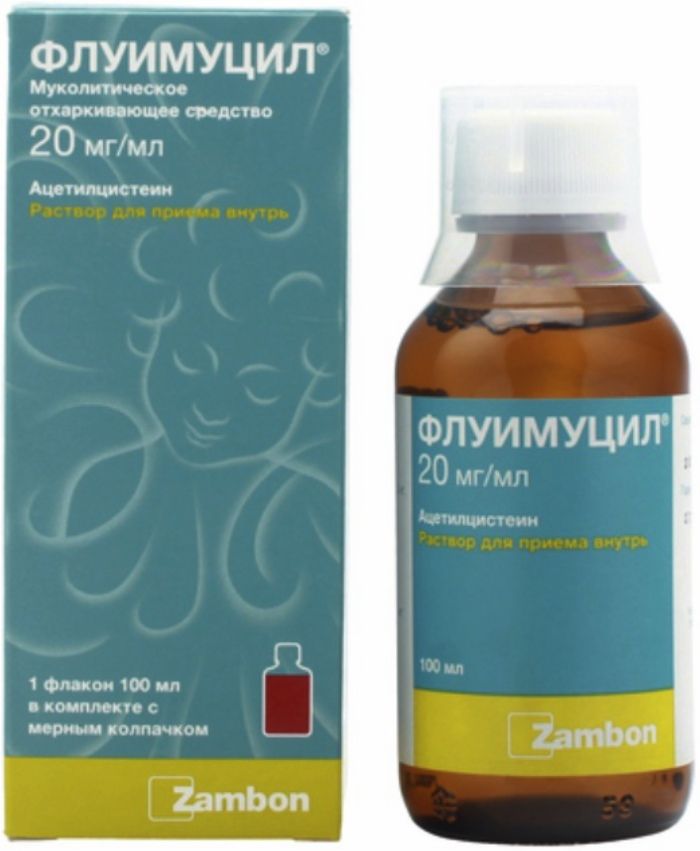
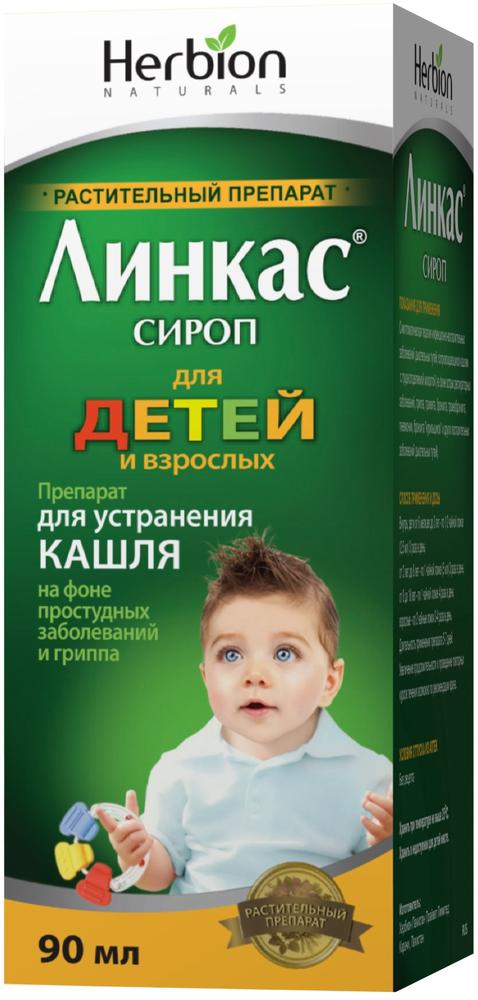
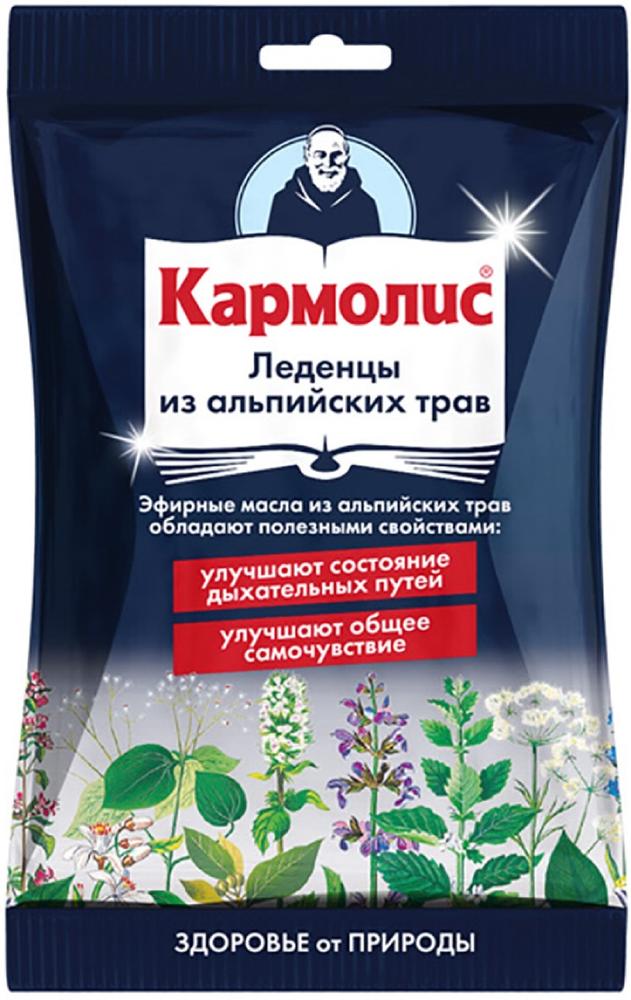
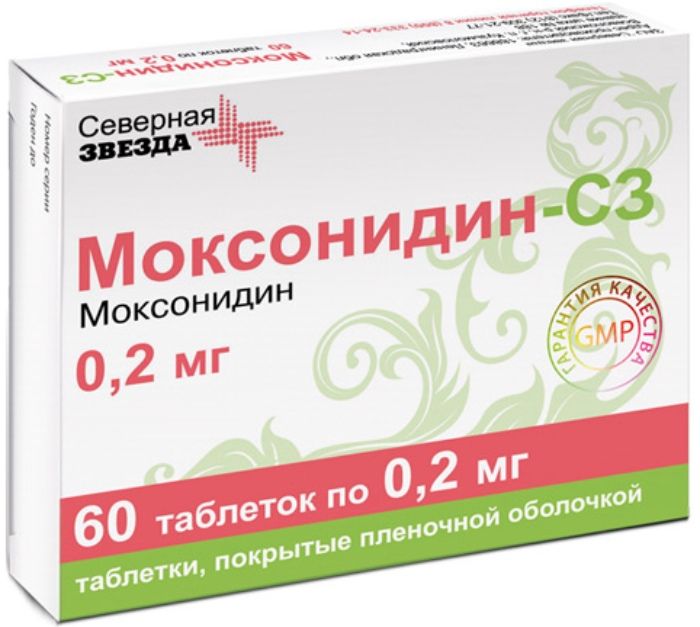
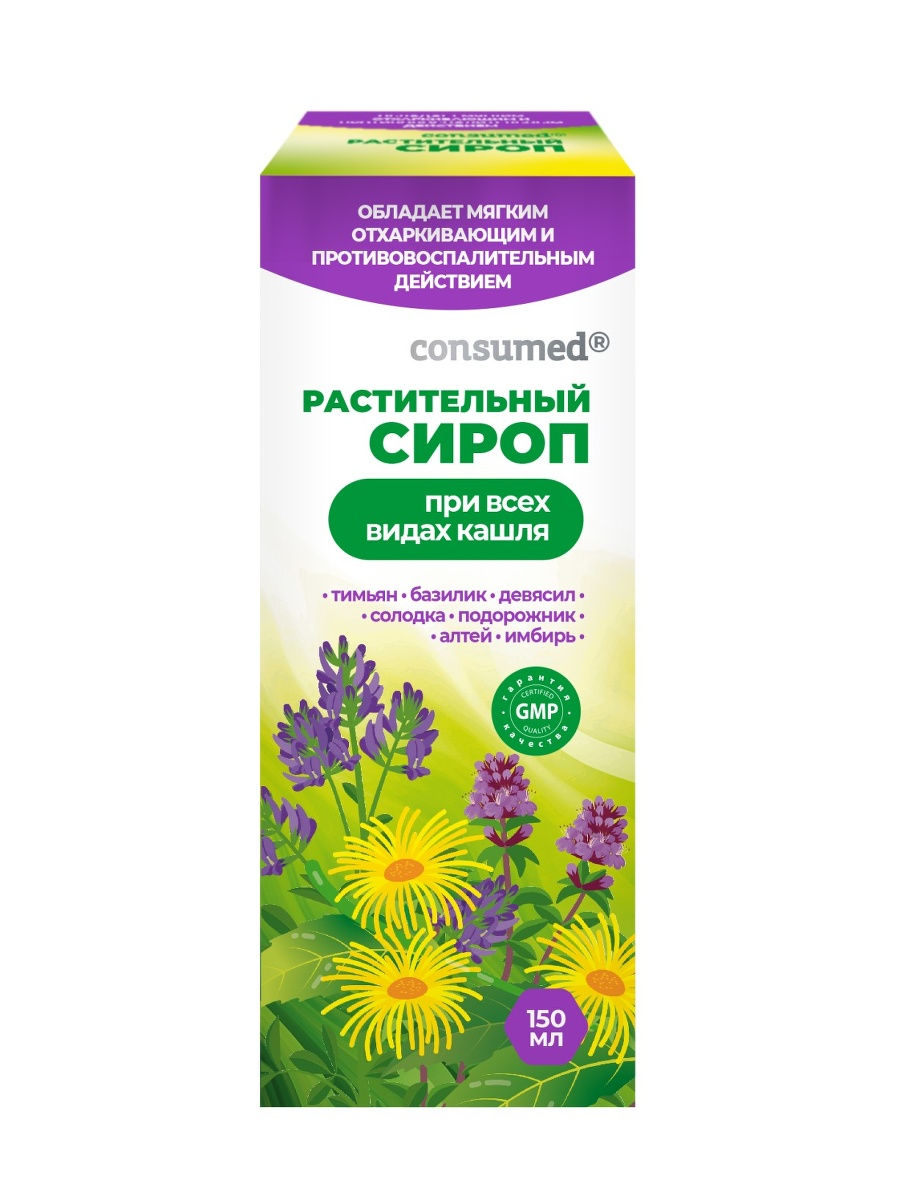
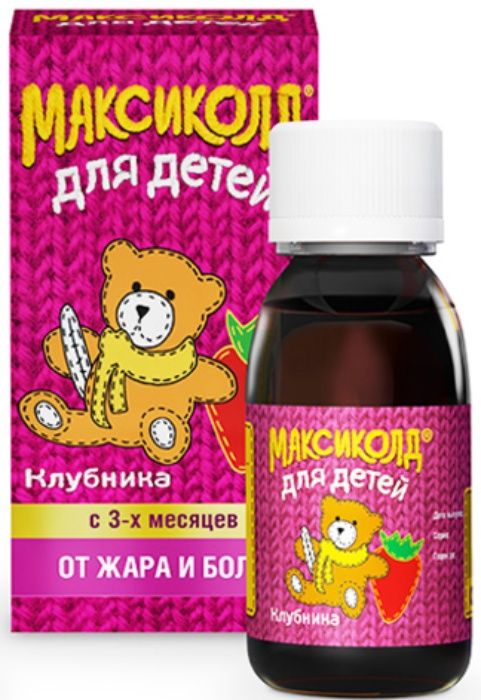
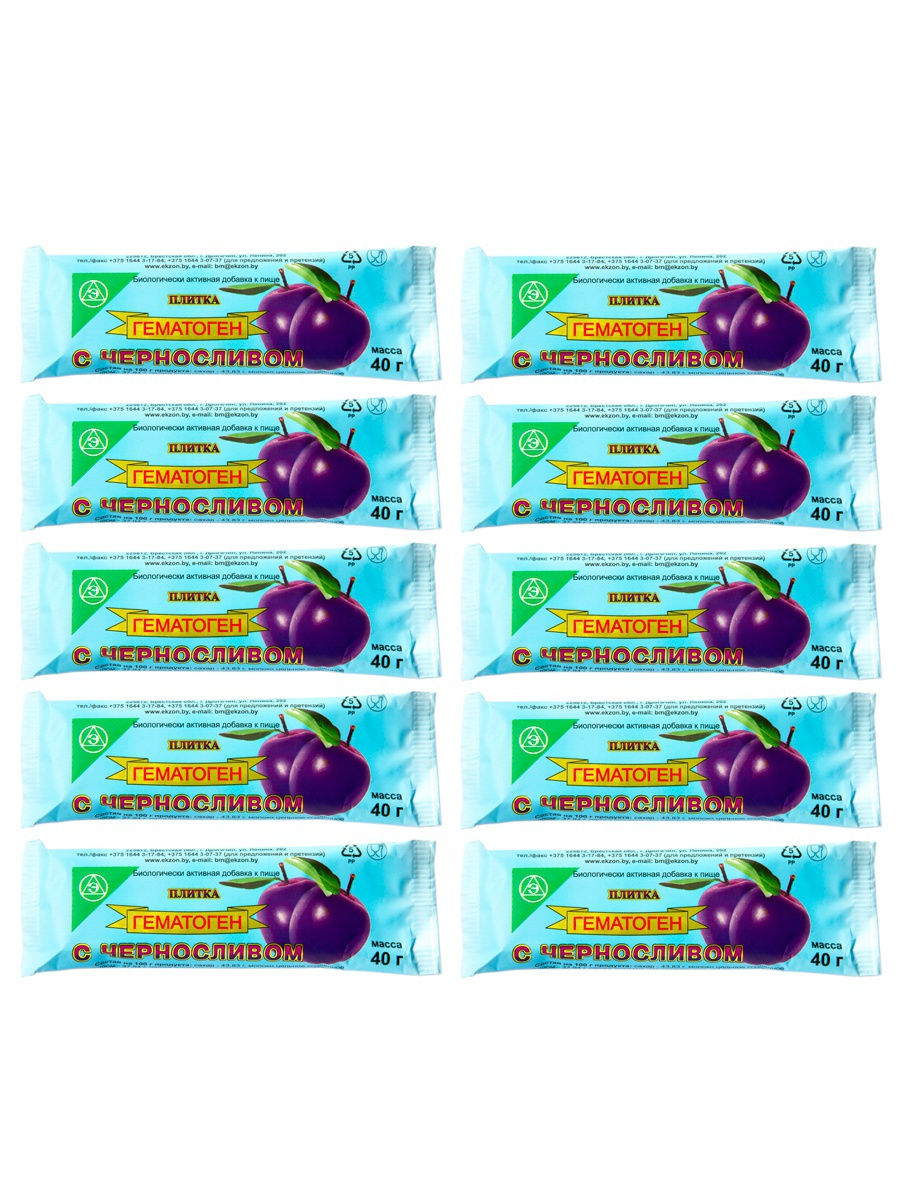
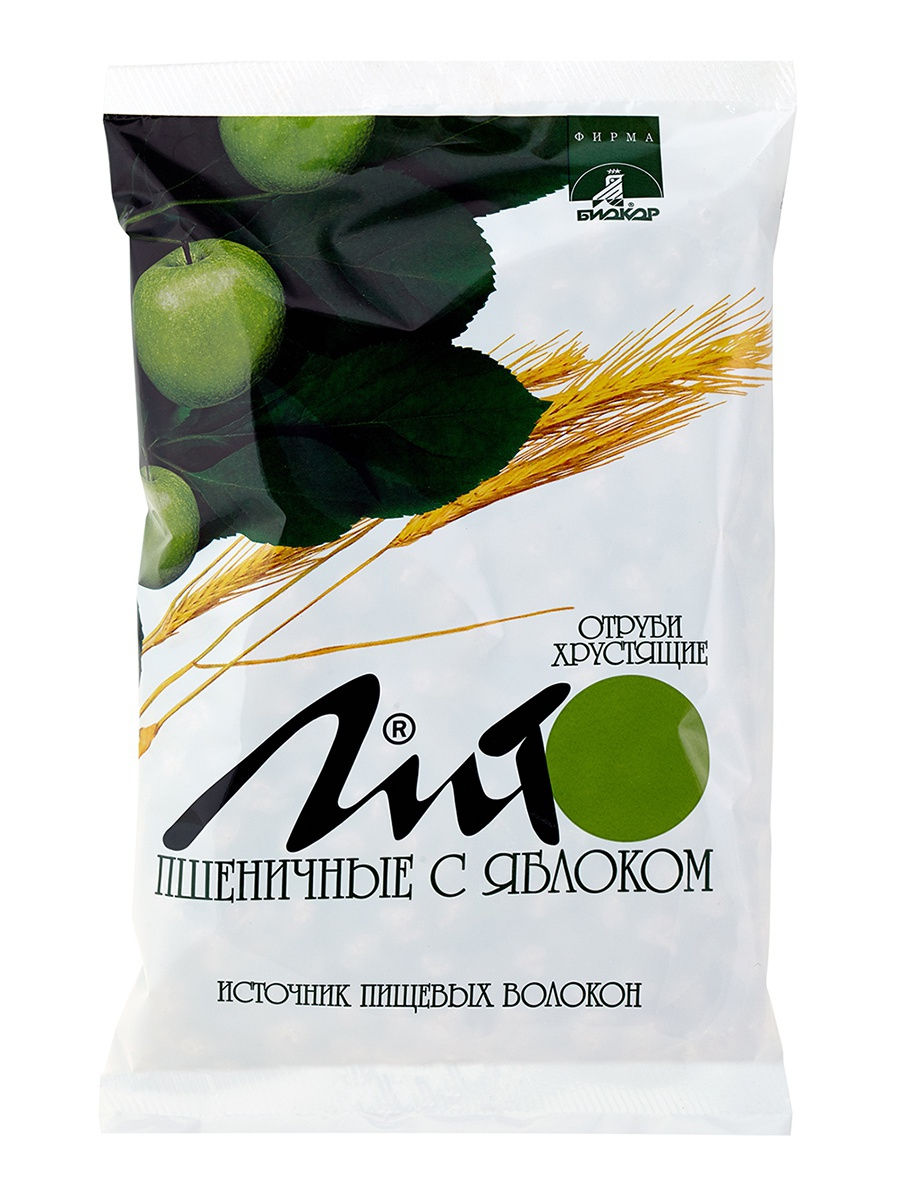
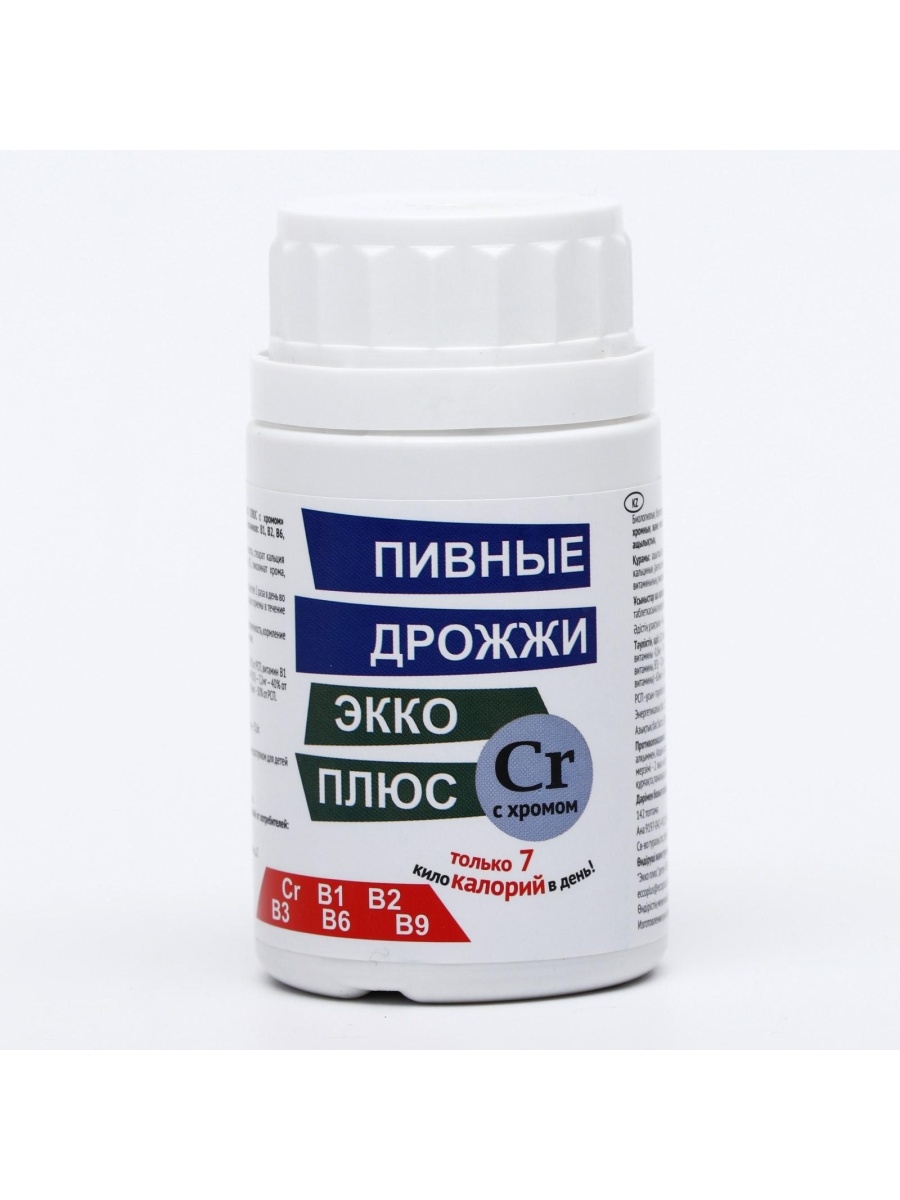




There are no reviews yet.